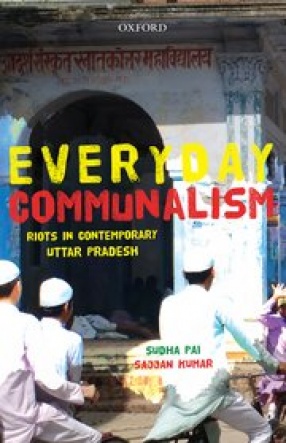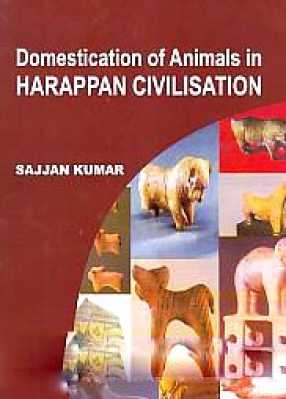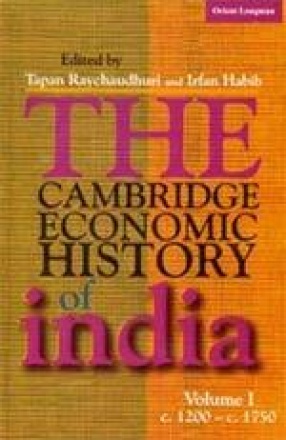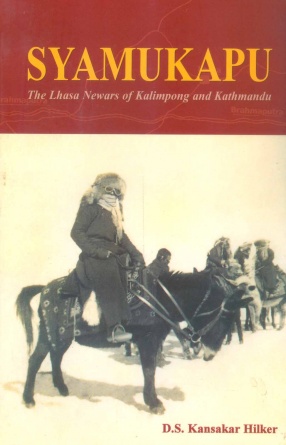Everyday Communalism: Riots in Contemporary Uttar Pradesh
With the demolition of the Babri Masjid and subsequent riots of the late 1980s and 1990s in Uttar Pradesh, the period that followed appeared relatively peaceful. Only at the turn of the century, India witnessed a strong wave of communalism in early 2000s. After the Godhra riots of Gujarat in 2002, Uttar Pradesh saw a series of them—in Mau in 2005, Lucknow in 2006, Gorakhpur in 2007, and Muzaffarnagar in 2013—announcing the return of fundamentalism in the Bharatiya Janta Party’s core agenda of Hindutva politics.
Everyday Communalism not only attempts to explore the anatomy of a Hindu–Muslim riot and its aftermath, but also examines the inner workings that enable deep-seated polarization between communities. Pai and Kumar show that frequent, low-intensity communal clashes pegged on routine everyday issues and resources help establish a permanent anti-Muslim prejudice among Hindus legitimizing majoritarian rule in the eyes of an increasingly polarized, intolerant, and entitled majority community of Hindus. Uttar Pradesh’s rising cultural aspirations; economic anxieties to move away from its traditionally backward status; a deep caste-marked agrarian crisis; and sharp inequalities and acute poverty further play into the making a new post-Ayodhya phase of Hindutva politics.
Get it now and save 10%
BECOME A MEMBER








Bibliographic information
Sajjan Kumar